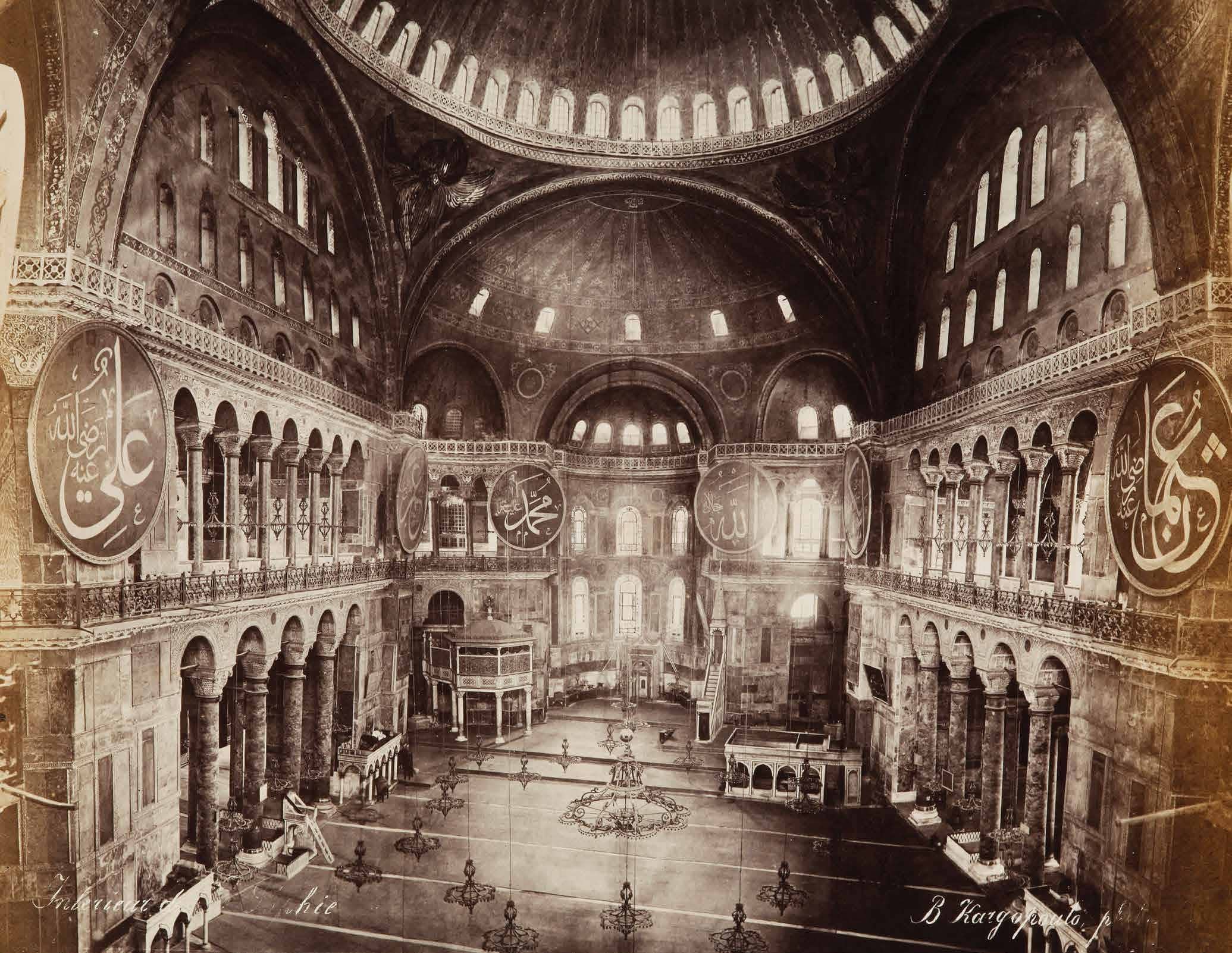
Turkey’s highest administrative court ordered on 10 July that the Hagia Sophia be reconverted from a museum to a mosque. This prompted immediate responses from many countries, but, worryingly, none came from India.
The Hagia Sophia was built as a Christian church in the year 537 by the Eastern Roman emperor Justinian I, in what was then Constantinople. The building stood as the largest cathedral in the world for nearly a thousand years. When the city fell to the Ottomans in 1453, Mehmed II converted it into a mosque, destroyed its relics, plastered over iconography he considered idolatrous and added Islamic features such as the minarets that encircle its magnificent dome today. The Hagia Sophia remained the principal mosque of the city, renamed Istanbul, for over a century and a half, until the Sultan Ahmed Mosque—colloquially called the Blue Mosque—was completed in 1616.
この記事は The Caravan の August 2020 版に掲載されています。
7 日間の Magzter GOLD 無料トライアルを開始して、何千もの厳選されたプレミアム ストーリー、9,000 以上の雑誌や新聞にアクセスしてください。
すでに購読者です ? サインイン
この記事は The Caravan の August 2020 版に掲載されています。
7 日間の Magzter GOLD 無料トライアルを開始して、何千もの厳選されたプレミアム ストーリー、9,000 以上の雑誌や新聞にアクセスしてください。
すでに購読者です? サインイン

Mob Mentality
How the Modi government fuels a dangerous vigilantism
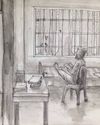
RIP TIDES
Shahidul Alam’s exploration of Bangladeshi photography and activism

Trickle-down Effect
Nepal–India tensions have advanced from the diplomatic level to the public sphere

Editor's Pick
ON 23 SEPTEMBER 1950, the diplomat Ralph Bunche, seen here addressing the 1965 Selma to Montgomery March, was awarded the Nobel Peace Prize. The first black Nobel laureate, Bunche was awarded the prize for his efforts in ending the 1948 Arab–Israeli War.

Shades of The Grey
A Pune bakery rejects the rigid binaries of everyday life / Gender
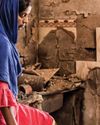
Scorched Hearths
A photographer-nurse recalls the Delhi violence
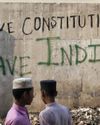
Licence to Kill
A photojournalist’s account of documenting the Delhi violence
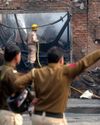
CRIME AND PREJUDICE
The BJP and Delhi Police’s hand in the Delhi violence

Bled Dry
How India exploits health workers

The Bookshelf: The Man Who Learnt To Fly But Could Not Land
This 2013 novel, newly translated, follows the trajectory of its protagonist, KTN Kottoor.